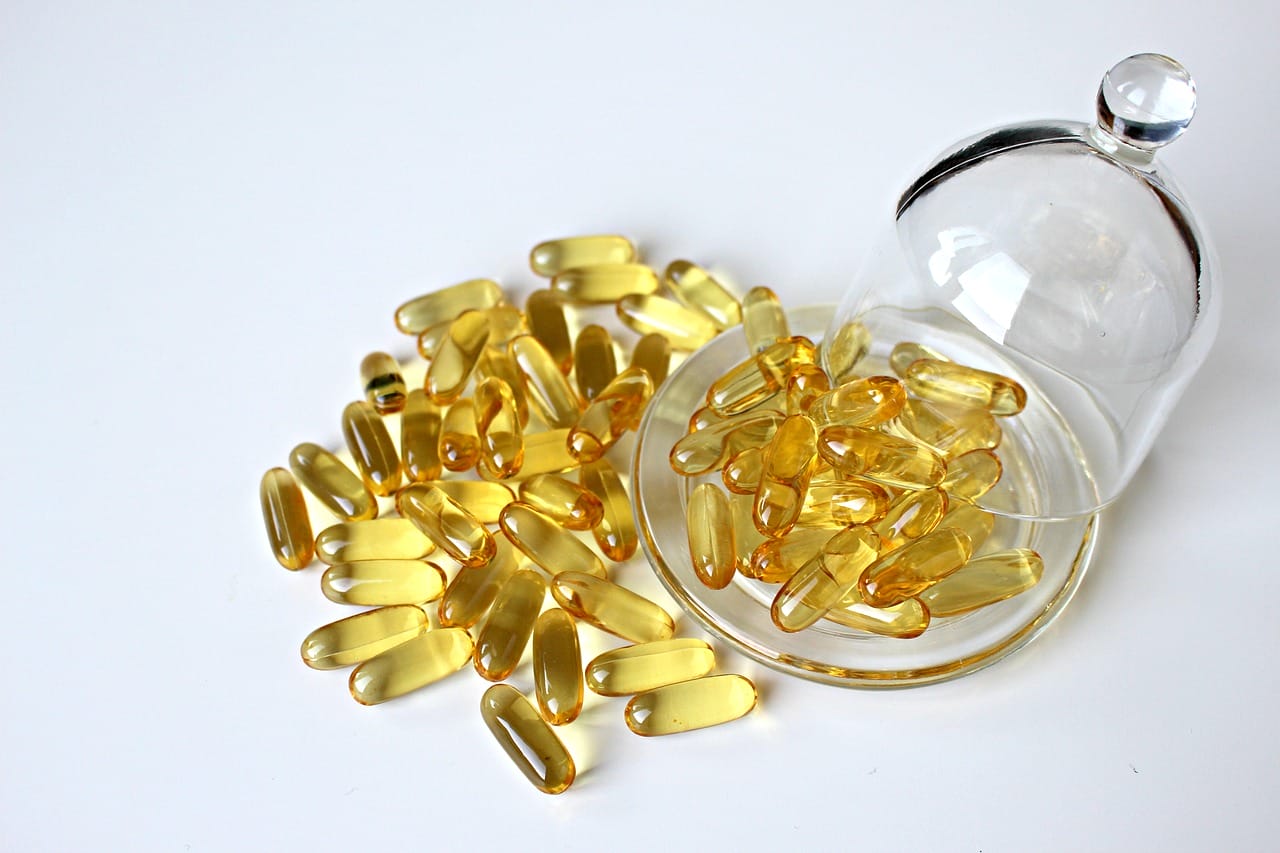In an age where innovation touches nearly every aspect of our lives, even traditional items are being reimagined through the lens of science and technology. One such example is the classic apothecary jar—long associated with herbal remedies and natural ingredients—now transformed by the use of advanced biophotonic glass.
What is Biophotonic Glass?
Biophotonic glass is a scientifically engineered material designed to preserve the integrity of natural products. It filters specific wavelengths of light, blocking harmful ultraviolet rays while allowing beneficial infrared and violet light to pass through. This process helps extend shelf life, retain potency, and slow down the degradation of sensitive compounds. It’s not just about keeping things fresh—it’s about protecting molecular structure at a photonic level.
LOCAL NEWS: 100 best places to work and live in Arizona for 2025
How It Works
Light plays a critical role in the stability of organic substances. Exposure to UV radiation accelerates oxidation and can diminish the effectiveness of essential oils, herbal extracts, and botanical compounds. Biophotonic glass disrupts this cycle by selectively managing the light spectrum. By shielding contents from harmful rays while letting in energizing frequencies, the glass actively contributes to the preservation of nutrients, aroma, and bioactivity.
A Sustainable Material for Modern Needs
Biophotonic glass aligns well with the growing demand for sustainability in packaging. It is durable, reusable, and fully recyclable, making it a strong alternative to plastic and chemically treated materials. Furthermore, by extending the shelf life of its contents, this type of packaging contributes to waste reduction—a key factor in sustainable supply chains. As a result, it’s gaining traction among eco-conscious brands and consumers alike.
Blending Tradition with Innovation
The aesthetic appeal of apothecary jars remains intact, but their functionality has taken a leap forward. This fusion of heritage and high-tech design speaks to both wellness brands and forward-thinking tech enthusiasts. What once served as a simple container is now a sophisticated tool that leverages material science to enhance everyday products.
Additionally, check out cosmetic bottles violet glass as an alternative for storing cosmetic products. These bottles offer the same benefits as apothecary jars but are specifically designed for cosmetics.
Why It’s Gaining Popularity
Biophotonic jars resonate with several modern trends. The rising popularity of clean beauty and natural wellness products has created a need for packaging that does more than just look good—it must protect volatile ingredients from environmental stressors. Minimalist product design also plays a role, as the deep violet hue of the glass fits seamlessly into modern branding aesthetics. Meanwhile, the DIY movement—ranging from home-blended herbal oils to handmade cosmetics—continues to embrace the functional elegance of these jars.
The technology is not limited to traditional jars. Biophotonic glass is increasingly being used in cosmetic containers, such as violet glass bottles for serums, creams, and tinctures. These provide the same photonic benefits while aligning with the visual standards of high-end cosmetic packaging.
Looking Ahead
Biophotonic glass represents the convergence of design, sustainability, and photonics. It’s a practical application of scientific principles that serves real-world needs in health, wellness, and clean technology. The apothecary jar has evolved—not just aesthetically, but functionally—into a symbol of how traditional tools can be upgraded through material innovation.
As consumer expectations shift toward intelligent, eco-friendly, and effective packaging solutions, biophotonic glass offers a compelling example of how legacy products can thrive in the modern age.




